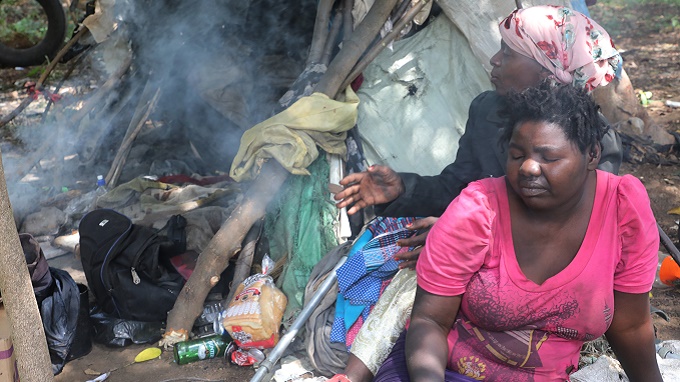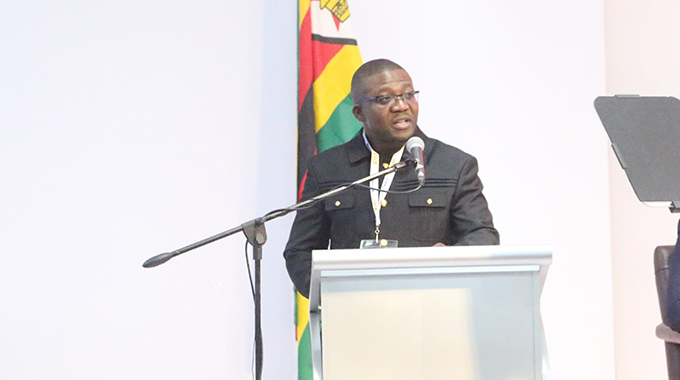ZimHosiery increases capacity utilisation to 70 percent

Oliver Kazunga, Senior Business Reporter
BULAWAYO-based textile firm, Zimbabwe Hosiery (ZimHosiery), says it has adopted a business strategy anchored on utilisation of more operational capacity as a cost-cutting measure.
Speaking by telephone last Friday, the company’s production manager Mr Stephen Phiri said the business strategy has seen his organisation increasing capacity utilisation to 70 percent from 60 percent last year.
“It’s a simple business strategy that we have adopted where we have made a deliberate decision to utilise more of our operational capacity to reduce costs.
“This has seen us improving capacity utilisation to 70 percent. However, we are not where we would like to be because of lack of access to raw materials otherwise the market is there,” he said.
Mr Phiri said despite improved capacity utilisation ZimHosiery was still entangled by a combination of internal and external forces that were rendering the firm to become uncompetitive on the export market.
Such constraints, he said, also included limited access to the much-needed foreign currency to procure raw materials.
“Most of our raw materials come from outside the country and we require foreign currency to procure them,” he said.
The textile concern imports raw materials such as polyester from South Africa and China as well as spare parts for plant equipment from that Asia country.
“Before the removal of the interbank forex market by the monetary authorities, we were unable to access the foreign currency from the banks.
“Going to the black market to buy it was very expensive for us and this again rendered us uncompetitive on the export market as our products were priced much higher than those from our competitors,” said Mr Phiri.
ZimHosiery, which manufactures mutton cloth, men, ladies and children’s socks and ladies pantihose, was only exporting some of the products in limited quantities to South Africa.
When operating at full throttle, the company has the capacity to employ more than 900 people running three shifts but at the moment, ZimHosiery employs 80 people operating one production line.
Mr Phiri said due to raw material constraints they have reduced employment figures.
“We have reduced our employment figures in recent years, the reason being we never have enough raw materials to employ as many people.
“Our ability to employ more people has been affected by trying to ensure we keep to a liveable wage, as you are aware that there has always been wage negotiations in the country.
“People are trying to get to a liveable wage so if we are to employ a lot of people we may find ourselves having a huge wage bill, which again increases our production cost,” he said. — @okazunga












Comments